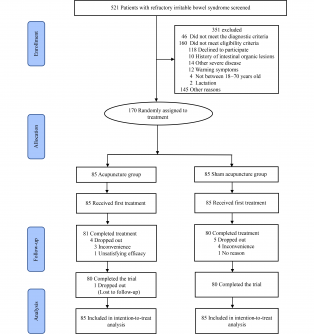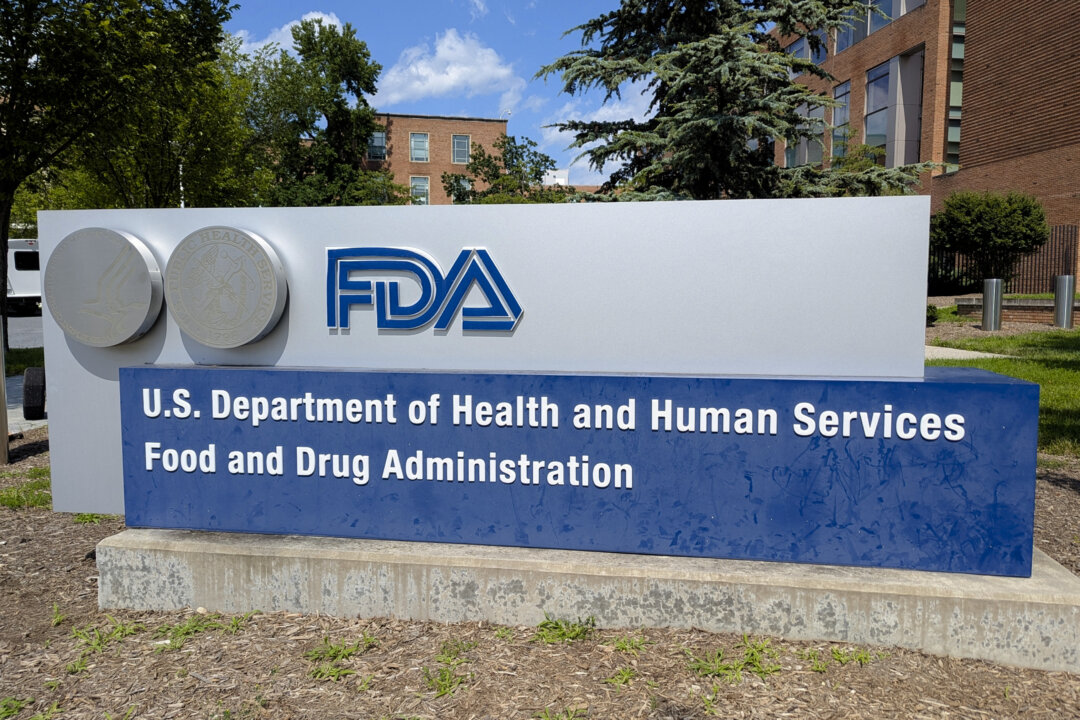The CSA Group has introduced a new draft standard for the “Selection, Use, and Care of Respirators” (CSA Z94.4:25), aimed at improving safety protocols in workplaces, particularly within the health-care sector. This revised standard is designed to bolster protections for health-care workers and patients, ensuring a safer environment amidst ongoing public health challenges.
Enhancing Safety through Updated Standards
The release of the draft standard follows two years of development by experts from various disciplines. According to the CSA Group, this standard reflects the latest scientific understanding and technological advancements regarding respirators, which are critical in preventing the transmission of airborne pathogens. The document underscores the importance of occupational health and safety legislation and standardized safety equipment in mitigating risks associated with contaminated environments.
Respirators serve as essential protective gear, particularly in settings where exposure to harmful particles, such as asbestos or viral pathogens, is possible. The new standard incorporates a section specifically addressing health care, where the risk of pathogen exposure is heightened. With pathogens like measles, influenza, and COVID-19 capable of spreading through tiny aerosolized particles, the need for effective respiratory protection has never been more crucial.
Scientific Foundations and Practical Implications
Recent studies, including a comprehensive review of over 400 research papers, have established that respirators significantly reduce the transmission of airborne diseases. The CSA Group’s new standard is evidence-based, reflecting a robust, layered approach to safety that includes two fundamental concepts: the “hierarchy of controls” and the “precautionary principle.” The former provides a framework for enhancing safety measures, while the latter advocates for precautionary actions even in uncertain circumstances, aligning with recommendations made by the SARS Commission.
The draft standard emphasizes the necessity of updating workplace protections to reflect current scientific insights, benefiting both health-care workers and patients. This comprehensive approach is expected to lead to improved safety protocols across various environments, not just in health care.
While expressing concern for safety is vital, the successful implementation of this standard requires acceptance into practice. Relevant provincial and federal health and safety regulations must also be updated to mandate its adoption, ensuring a consistent approach to worker protection across Canada.
The CSA Group, a not-for-profit organization founded in 1919, has a long history of establishing safety standards that protect Canadians. Its accreditation includes recognition from the Standards Council of Canada, reinforcing its commitment to public safety through rigorous standardization processes.
As the ongoing pandemic has highlighted the vulnerabilities within health-care settings, the introduction of the CSA Z94.4:25 draft standard represents a proactive step toward safeguarding the health of both workers and the general population. With its focus on updated science and enhanced protective measures, Canada continues to lead in occupational health and safety standards.







